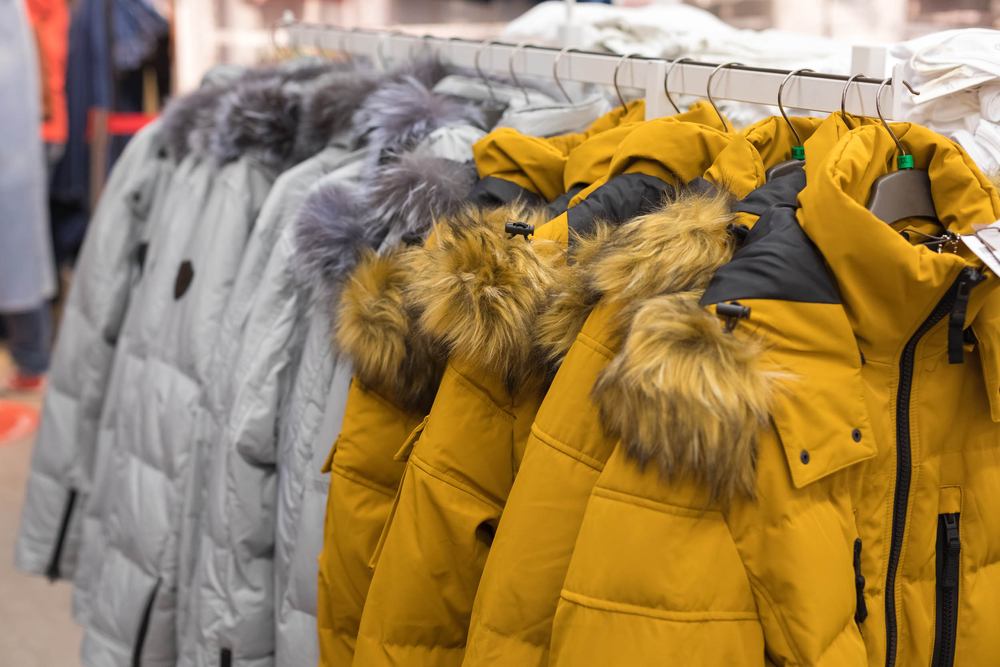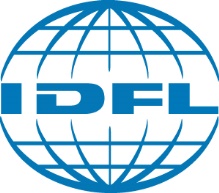WASHING AND SORTING DOWN AND FEATHERS
(TYPICAL FACTORY PROCESS)

More than 99% of goose and duck down and feathers come as a by-product of the meat-packing industry. After the birds are slaughtered in the meat-processing plants the feathers are removed and brought to a feather processing plant.
At the feather processing plant the feathers and down go through the following process:
- The feathers are de-dusted to remove the majority of dirt and dust.
- The feathers are then washed with special soaps and rinsed.
- The washing and rinsing process continues until the feathers are clean enough to meet the
stringent hygiene requirements of Japan, the EU and USDA. - During the drying process the down and feathers are placed in a centrifuge to remove the
final rinse water. - After the initial drying, the feathers are placed in a pressure tank. The tank is injected with
high pressure hot steam (130`C or 300`F) for 30 minutes. - The clean feathers are then sorted by size and feather type.
The cleanliness of down and feathers are measured after the shipment of bulk down or finished products as follows:
- The USA and EN standards require an Oxygen Number (this measures the amount of organic material on the surface of down and feathers) of less than 20. A clean sample is usually under 10. If it is 4.8 or less it can be called super-clean or hypoallergenic.
- Turbidity (this measures the amount of dust in down and feathers) must be over 300 mm. The great majority of products are 700+ mm. A 500+ mm test result also allows the product to be called hypoallergenic.
- Bioburden (This is a culture count of various bacteria for EU standards.)
